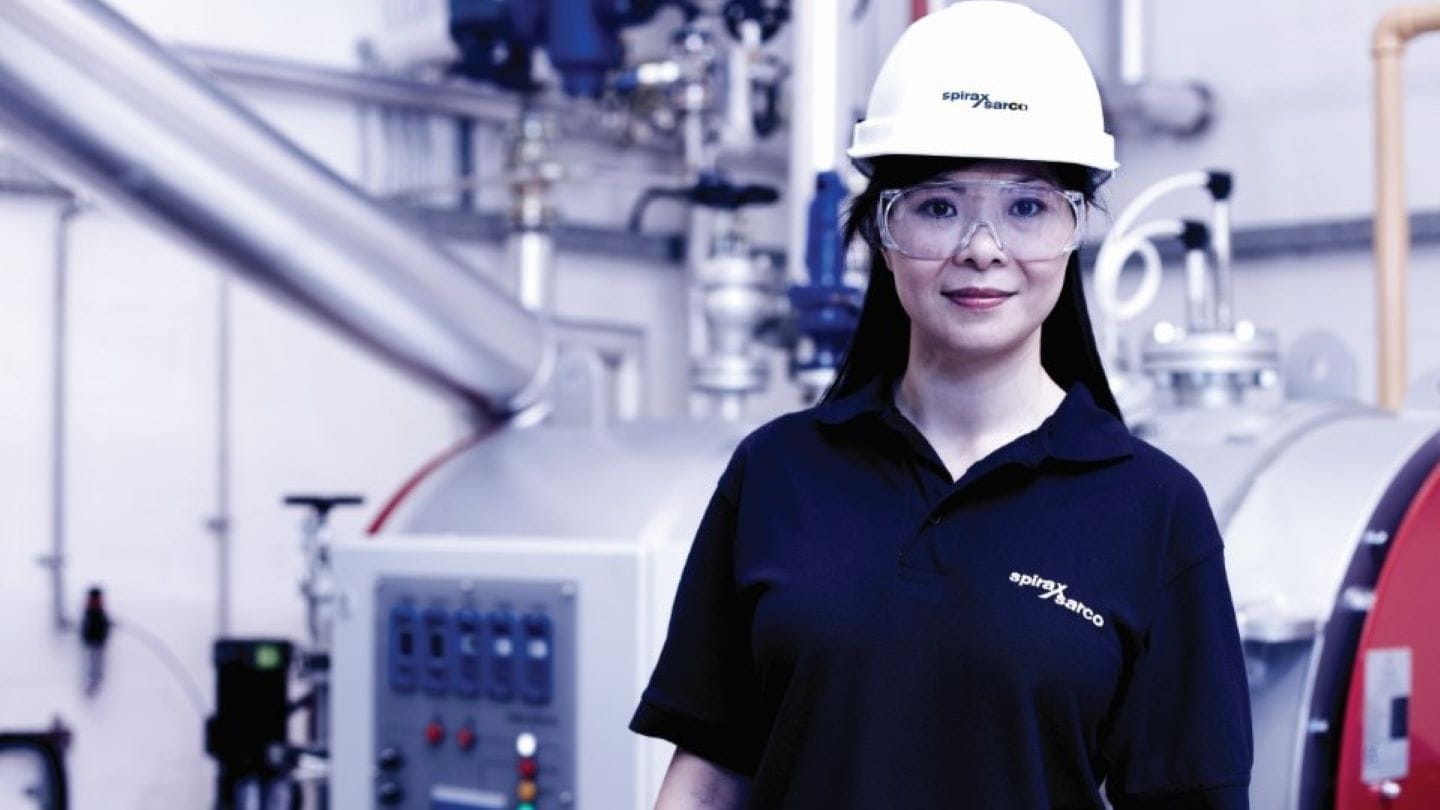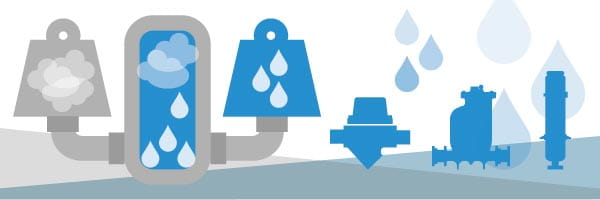Chris Coleman, Boilerhouse National Specialist, 06/02/2018
Solids, liquids and gases. No, this isn’t the start of a lesson in particle theory, but something far more relevant to you and your business, I promise. All three of these materials are likely to play a prominent role in your boilerhouse, but there’s one liquid in particular you might not have paid too much attention to until now – condensate.
To put it really simply, condensate is the hot water that forms when steam passes from a vapour to a liquid state. While you may not need to be a seasoned physicist to understand this, the very process of turning from a vapour into a liquid brings with it some important potential benefits.
From water to condensate
When water first enters the boiler and is transformed into steam, this transformation is achieved by the action of the latent heat. The latent heat is the form of energy that changes the water from a liquid state to a gaseous state. The feedwater absorbs the latent heat, which turns it into steam. Still with me? Good.
In many industrial steam applications, steam moves through the system, where it transfers a proportion of its latent heat into whatever it is heating. Once it has released that latent heat, it then turns back into a liquid – or as we know it, condensate.
A valuable resource
As we all know, condensate is hot, making it a valuable resource in terms of energy. Any loss of the latent heat within the steam system doesn’t cause a temperature drop. So, when the steam turns back to the liquid state (or condensate) we will not see a temperature drop, because the sensible heat remains.
The condensate generated by the steam heating system will normally have about 25% of the energy that the steam had, and contains virtually no dissolved solids. Recovering and re-using as much of the condensate as possible can have huge advantages for you in terms of financial savings. Customers in both the dairy and brewing industries have reduced costs on energy and hot water and have optimised their steam systems at the same time.
Let’s take for example a well-known dairy farm in Liverpool that we helped. Following a steam system audit, the company implemented a combination of energy saving measures and steam system improvements – and condensate recovery was one area that produced big results. By recovering condensate the company were able to raise the proportion of hot, treated water recycled back to the boiler from 76% to between 94% and 95%. Impressive right?
I’d also like to tell you about the huge savings made by a brewery in Burton-on-Trent. A year on after upgrading its steam strap population which would help prevent steam escaping from the condensate recovery systems, the brewery were able to save tens of thousands in energy and hot water costs.
I’m sure you’re wondering how those savings can be made. The good news is, you need look no further! Our new white paper, The unsung hero of boilerhouse efficiency explains exactly how condensate recovery can be a real game-changer in energy and facilities management.
If recovering condensate has slipped your mind up to now, it’s time to get started! Get in touch and request a copy of our white paper.
Chris Coleman, Condensate Handling Specialist
Related Reading
Two powerful uses for condensate your plant shouldn't be missing
Whether or not you’ve already read my blog which defines what condensate recovery actually is, you’ll no doubt be aware of the growing need to make your process more productive. After all, energy costs are rising and ambitious carbon emissions targets are coming into play – as if we didn’t have enough on our plates already!
What are the 7 fundamentals of steam
If you’re involved in the planning, management or upgrading of steam boilers, then you may have come across the term ‘steam fundamentals’. But, what does this mean and why is it important for you as a plant manager?
Steam users urged to capitalise on benefits of condensate recovery
Companies relying on processes driven by steam are being urged to manage their condensate more effectively after the launch of a new white paper which details the potential cost and productivity benefits on offer.



